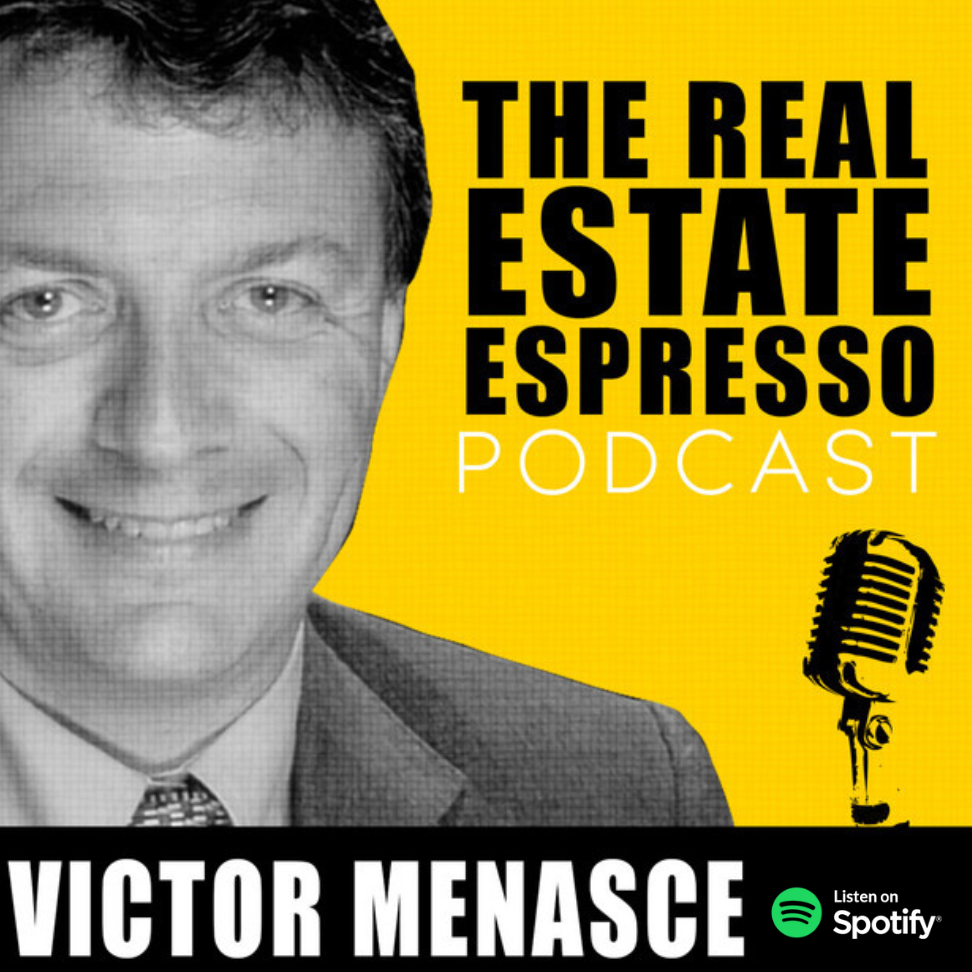The inflation metric is dominating today’s central bank policy which in turn is dominating the cost of capital as interest rates increase. The Federal Reserve is committed to raising interest rates until they suppress demand enough to see core CPI metrics average 2%, their stated target.
On yesterday’s show we discussed how the health care component of the CPI metric is calculated.
On today’s show we are talking about another fudge in the calculation of CPI. It partially answers the question of how Paul Volcker managed to tame inflation in the early 1980’s by pushing interest rates to 18%.
Prior to 1983, the true monthly cost of housing included the cost of capital in the measurement of inflation. If you have a variable interest rate loan on your house, and if interest rates rise, then your monthly housing cost rises with it.
This cost increase was reflected in the consumer price index. It all makes sense. Paul Volcker is largely credited with conquering inflation by doing the difficult thing and raising interest rates to 18%. It triggered a deep recession and caused massive economic pain and bankruptcies throughout the economy.
But if pushing interest rates to 18% was going to create inflationary pressures, how could higher interest rate actually reduce inflation? I’m glad you asked. It’s simple. Change the measurement to exclude that pesky interest rate from the consumer price index and now the problem is solved.
But what about the 65.5% of the people who live in owner occupied housing? How are their costs being reflected in CPI?
————
Host: Victor Menasce
email: podcast@victorjm.com


